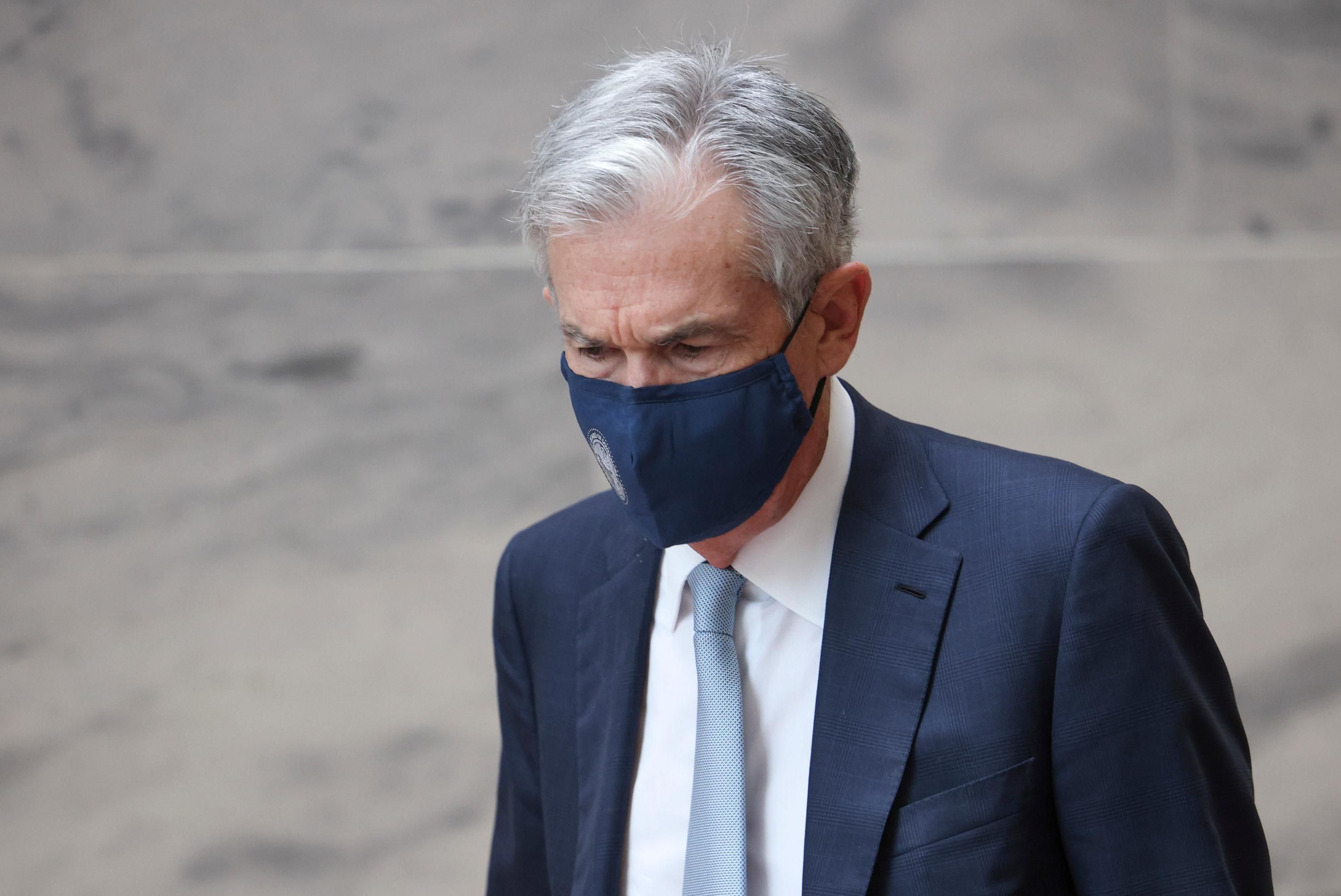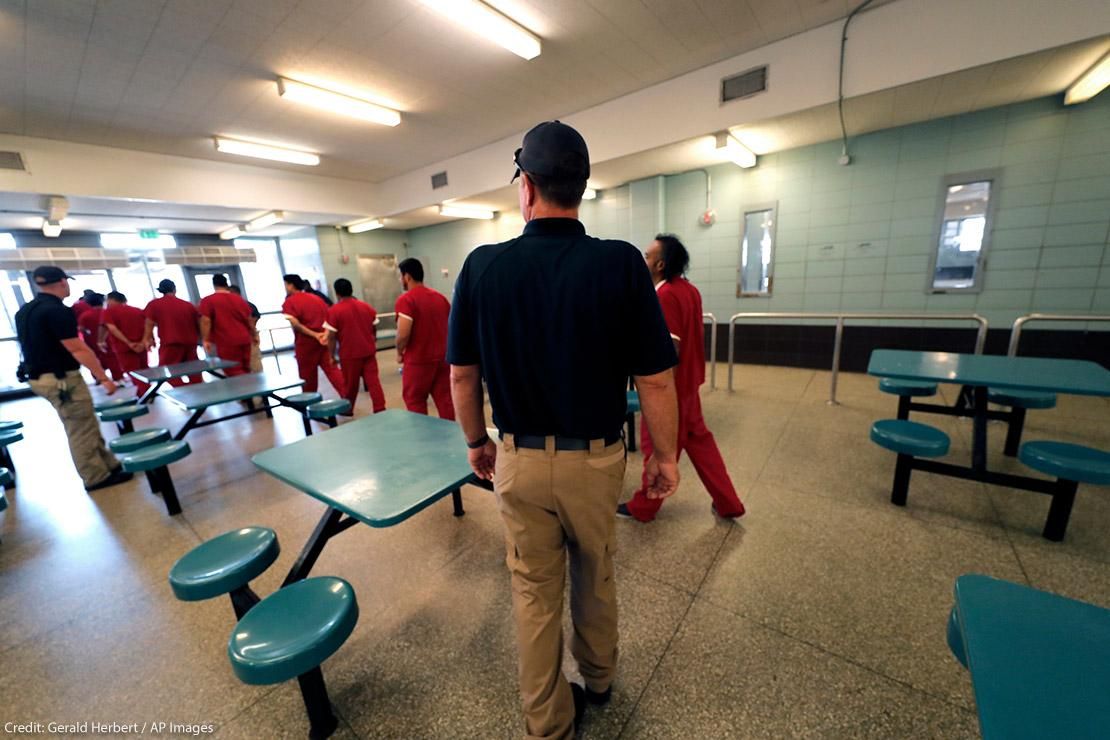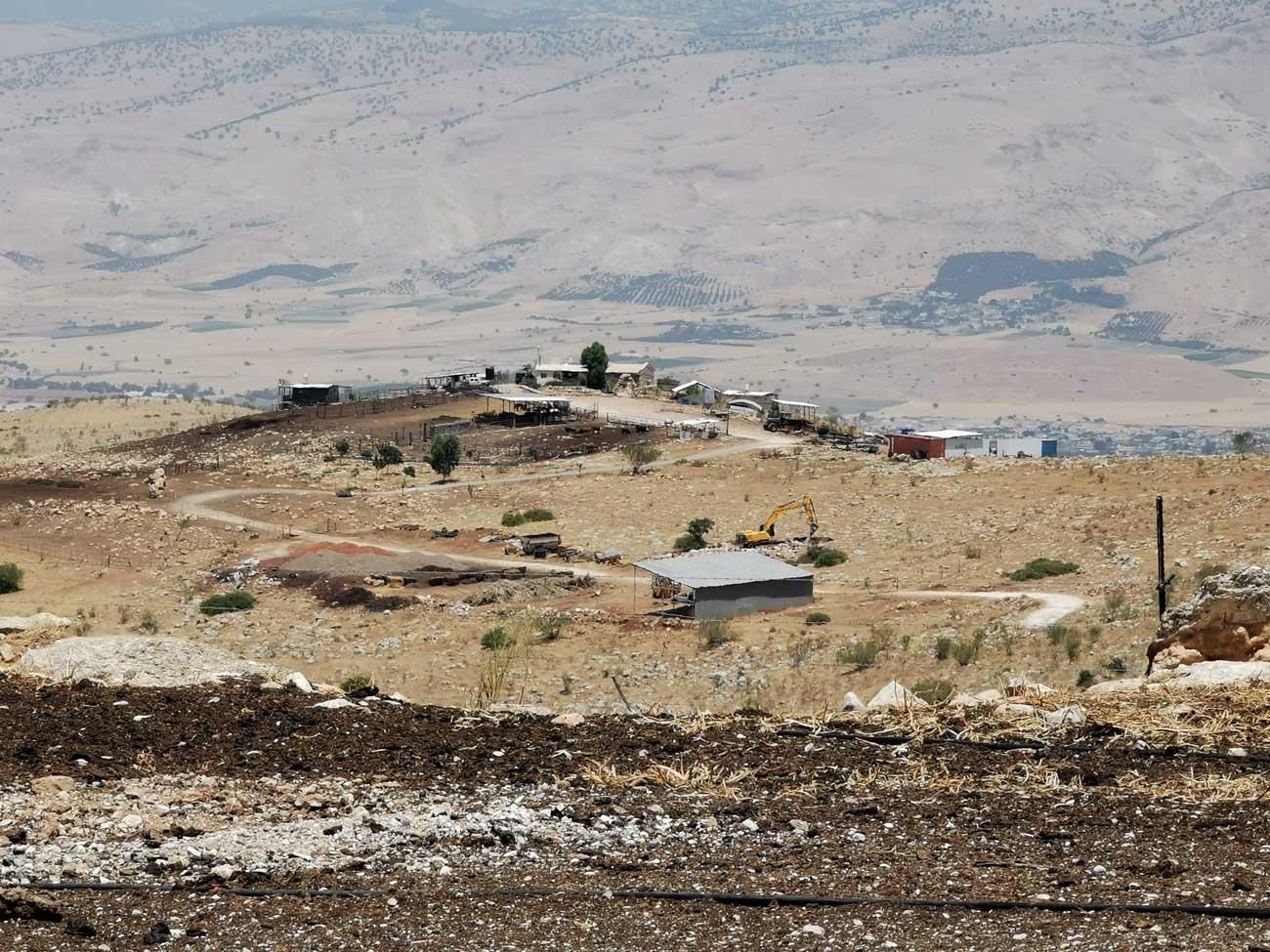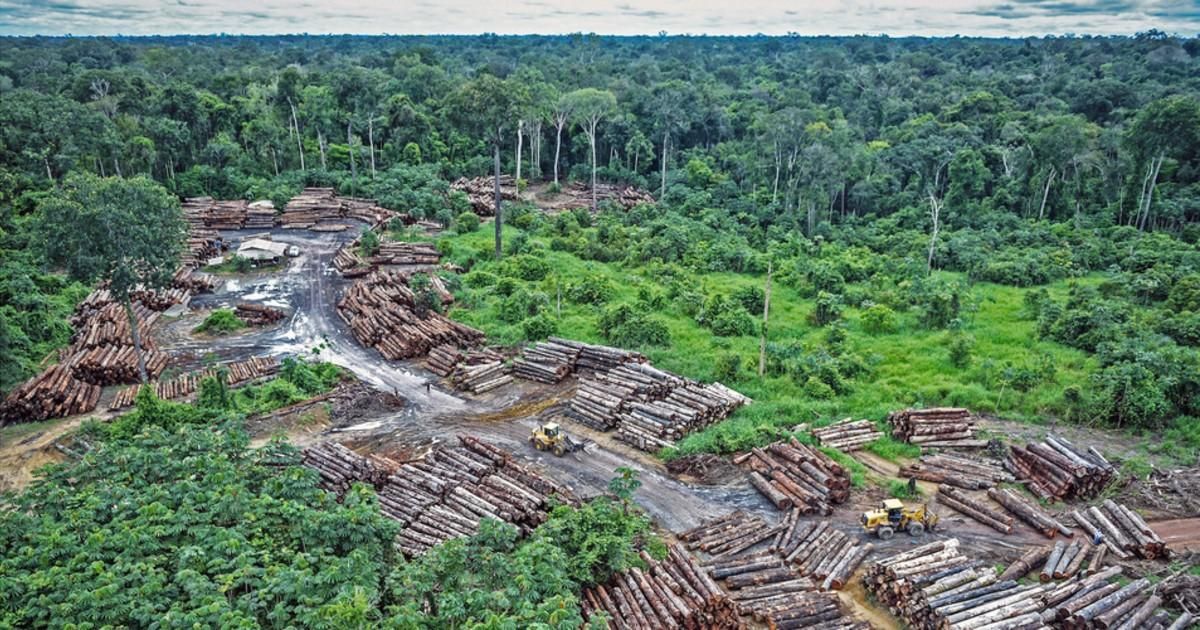"We should never be selling human rights abusers weapons, but we certainly should not be doing so in the midst of a humanitarian crisis they are responsible for."

Rep. Ilhan Omar (D-Minn.) speaks during a press conference in Brooklyn Center, Minnesota on April 20, 2021. (Photo: Kerem Yucel/AFP via Getty Images)
JAKE JOHNSON
Rep. Ilhan Omar unveiled a resolution Friday aimed at blocking a Biden administration-approved sale of $650 million worth of missiles and other military equipment to the Saudi government, which has been bombing Yemen—often with U.S. weaponry—since 2015.
"Congress has the authority to stop these sales, and we must exercise that power."
Omar (D-Minn.), a member of the House Foreign Affairs Committee, said in a statement that "it is simply unconscionable to sell weapons to Saudi Arabia while they continue to slaughter innocent people and starve millions in Yemen, kill and torture dissidents, and support modern-day slavery."
"We should never be selling human rights abusers weapons, but we certainly should not be doing so in the midst of a humanitarian crisis they are responsible for," added Omar. "Congress has the authority to stop these sales, and we must exercise that power."
The U.S. State Department formally notified Congress of the weapons sale last week, meaning lawmakers now have less than a month to review it.
The new Saudi arms deal is the second that the administration has approved in recent weeks, leading anti-war critics to accuse President Joe Biden of reneging on his promise to end U.S. support for the regime's deadly assault on Yemen, where an estimated 11 million children are in urgent need of humanitarian assistance.
According to Omar's office, the Biden administration's latest sale would give Saudi Arabia "280 advanced medium-range air-to-air missiles, along with 596 missile launchers, support equipment, spare parts, U.S. government and contractor engineering, and technical support." The Defense Security Cooperation Agency said in a statement that the "principal contractor" will be Raytheon, a massive weapons manufacturer.
Raed Jarrar, advocacy director for Democracy for the Arab World Now—an organization founded by murdered Saudi dissident Jamal Khashoggi—warned in a statement Friday that "these air-to-air missiles could be used in offensive operations or they could be used to enforce the Saudi blockade, which humanitarian aid groups have identified as one of the reasons behind the prices of medicine being out of reach for millions of Yemenis."
"Rather than selling more weapons," Jarrar added, "the Biden administration should compel Saudi Arabia to lift the blockade and end its war on Yemen.”
Related Content

Ilhan Omar Is Working to Stop 'Unacceptable' $650 Million Weapons Sale to Saudi Arabia
HuffPost reported Friday that progressive Rep. Ro Khanna (D-Calif.) has backed Omar's resolution, but it's unclear how much more support the measure will garner in the House. The Minnesota Democrat is currently working to find "an ally in the Senate to introduce matching legislation soon," according to the outlet.
"I can't understand how we would even contemplate [the sale] before they end their involvement in the Yemen war, before they lift the blockade, and before there's some consequences for MBS," said Khanna, referring to Saudi Crown Prince Mohammed bin Salman, who U.S. intelligence agencies believe approved the operation that led to Khashoggi's gruesome murder in 2018.
Biden has faced backlash from human rights groups for refusing to punish the crown prince for his alleged role in the killing.
Our work is licensed under Creative Commons (CC BY-NC-ND 3.0). Feel free to republish and share widely.
















.jpg?ext=.jpg) Energoatom head Petro Kotin (centre) leads the inspection of Khmelnitsky 3 (Image: Energoatom)
Energoatom head Petro Kotin (centre) leads the inspection of Khmelnitsky 3 (Image: Energoatom).jpg?ext=.jpg) The Karachi site (Image: CNNC)
The Karachi site (Image: CNNC).jpg?ext=.jpg) Fuel loading operations at Fuqing 6 (Image: CNNC)
Fuel loading operations at Fuqing 6 (Image: CNNC)
